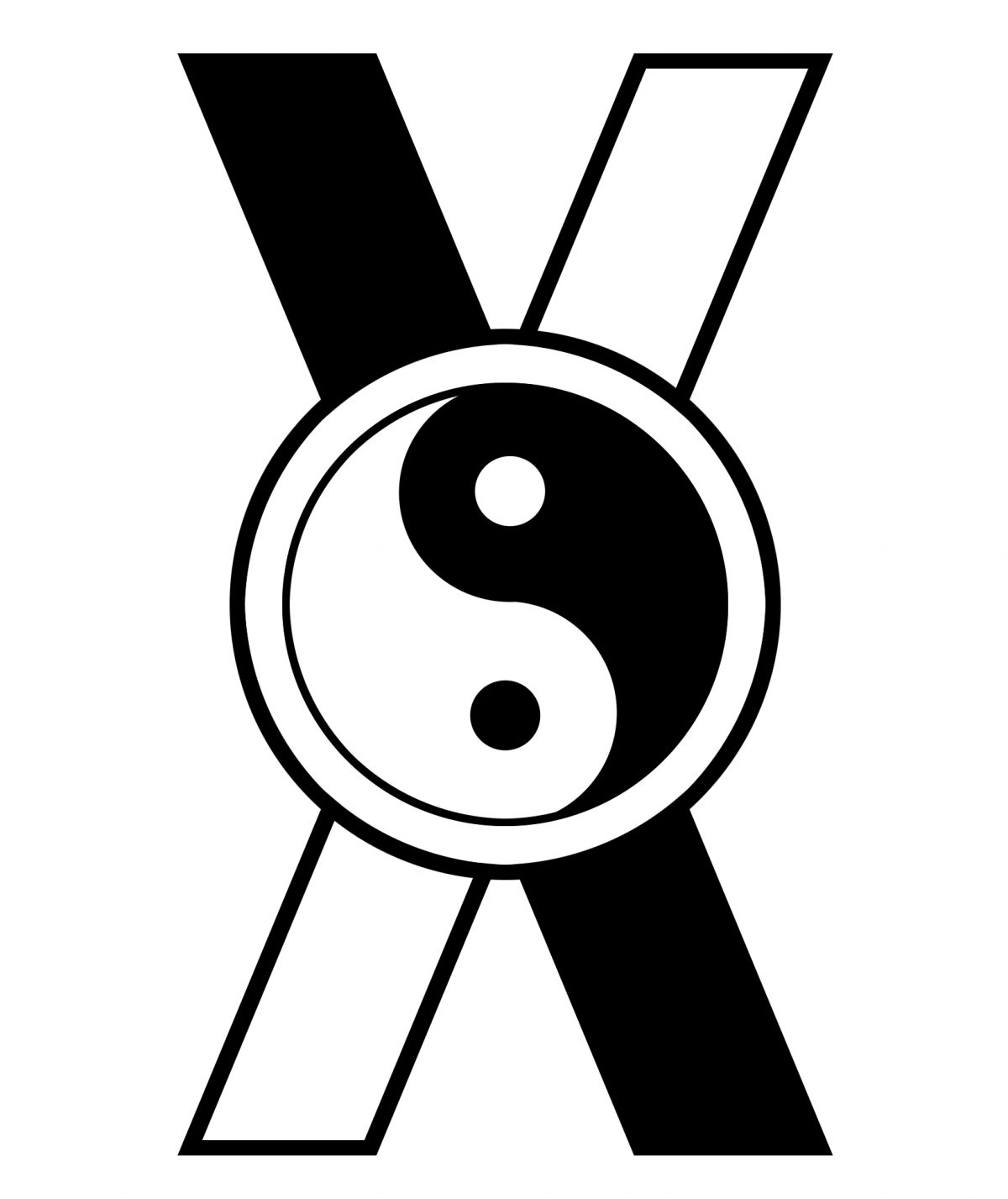Way back in my youthful days, when I became interested in religion, I was actually adverse to meditation. I want to explore this because it’s got some useful insights.
What annoyed me was that meditation seemed to be about controlling your mind. In my youthful misinterpretations, it seemed that you strove mightily to keep thoughts out of your mind. It sounded like a way to sit cross-legged calmly and get anxiety. I was a teenager, I had enough anxiety due to biochemistry.
It was only much later that I realized that meditation was more about doing something that then had certain insights/benefits or “just do it and trust me.” I wonder how my life may have been different if I had understood this difference earlier. Certainly it’d have expanded my interest in Buddhism (which I most associated with control) and meditation in general.
(Ironically I thought Taoism was cool, and despite some scholars in the 80s dissing the mystic aspects, I found those kept intriguing me.)
On reflection, I see a few lessons here.
First, my “fear of endless control” arose from people talking about what meditation should result in. The focus on the goal is anxiety-producing as we are not trying to meditate, but we are trying to “get somewhere” – and as I’ve expounded on, meditation needs doing and all else takes care of itself. I wonder how many scholars and theologians and historians accidentally turned people off to meditation or accidentally set people on a path to self-flagellation.
Secondly, it makes me realize how, as kids, there’s really little useful education on theology, culture, and spirituality. Yes, a lot of this is because all we get is religious indoctrination and marketed bullshit, but a person can hope for something more. Having a good, open, sympathetic understanding of such things would be a great benefit, though I’m not holding my breath.
Third, it makes me realize how important it is for us to be able to discuss spiritual and meditative practices with each other. It’s difficult enough as is, and when even talented authors mess it up the rest of us have a steeper hill to climb. It’s an actual skillset we could cultivate, and maybe share around.
So that’s it. Just a personal experience and something I learned. There’s always lessons in our past.
–Xenofact
